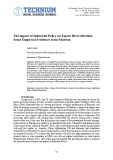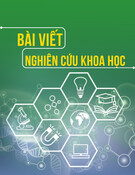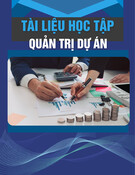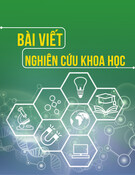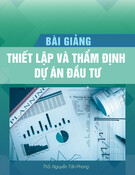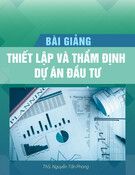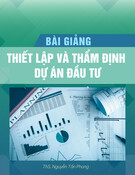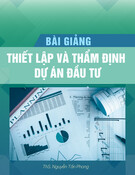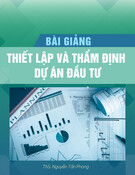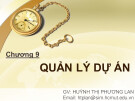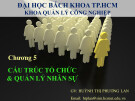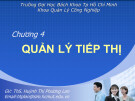
The impact of Industrial Policy on Export Diversification:
Some Empirical Evidences from Pakistan
Amir Azam
Pakistan Institute of Development Economics
amirazam_17@pide.edu.pk
Abstract. Export sector is considered as the backbone of any economy. The economy which is
efficient and competitive in global market enjoys better export performance otherwise become
dependence on foreign goods market. Pakistan being a developing economy faces worse export
performance as compare to its past competitors and currently economy faces huge current
account deficit. The current study made an attempt to check the relationship between Industrial
Policy and export diversification using ARDL approach because of different integration nature
of variables under consideration from 1980-2018. The findings of the study suggests that there
is strong relationship between industrial Policy instruments and export diversification both in
short run and long run and by enhancing strong and visionary Industrial Policies and less relying
on imports, the economy can enjoy sufficient growth and diversify its export structure.
Keywords. Industrial Policy, Export Diversification, Export Diversification Index, Herfindal
Index, Market Penetration
Introduction
Going back to 1960’s and 70’s the economy of Pakistan was considered as one of the
fastest growing economy not only in South Asia but also in global market (Siddiqui, 2018) and
Khan (1998) elaborated that by viewing the history of export performance of Pakistan with
other developing economies, the individual performance of Pakistan’s export was higher than
the overall performance of Philippines, Turkey, Korea and Indonesia in 1960’s but soon after
we unable to diversify our industrial sector both at market and goods level that bring us as lower
as even we can’t export half of the lowest exporting goods of the above economies. The
increasing trade deficit with passing time exacerbating the anxiety among policy makers
because they are of the view that the policies and target of the government towards strategic
trade policies in Pakistan are unable to be lateralized and show vulnerable and dismal picture
of our export sector (Malik & Majeed, 2018). Most of Pakistani product market usually linked
with only few market i.e. America, China, Afghanistan, UK and Germany that contributes
around 60% in 1960 and 47% share of total exports in 2018 showing that we are able to diversify
our market level only 13% in more than half century with still very high dependency on same
products that we were exporting in 1960’s are still our highest contributors in total exports
(Mahmood & Ahmad, 2017). One of the major instrument that government utilize to promote
the diversification of goods and market is Industrial Policy.
84
Technium Social Sciences Journal
Vol. 5, 84-96, March 2020
ISSN: 2668-7798
www.techniumscience.com





